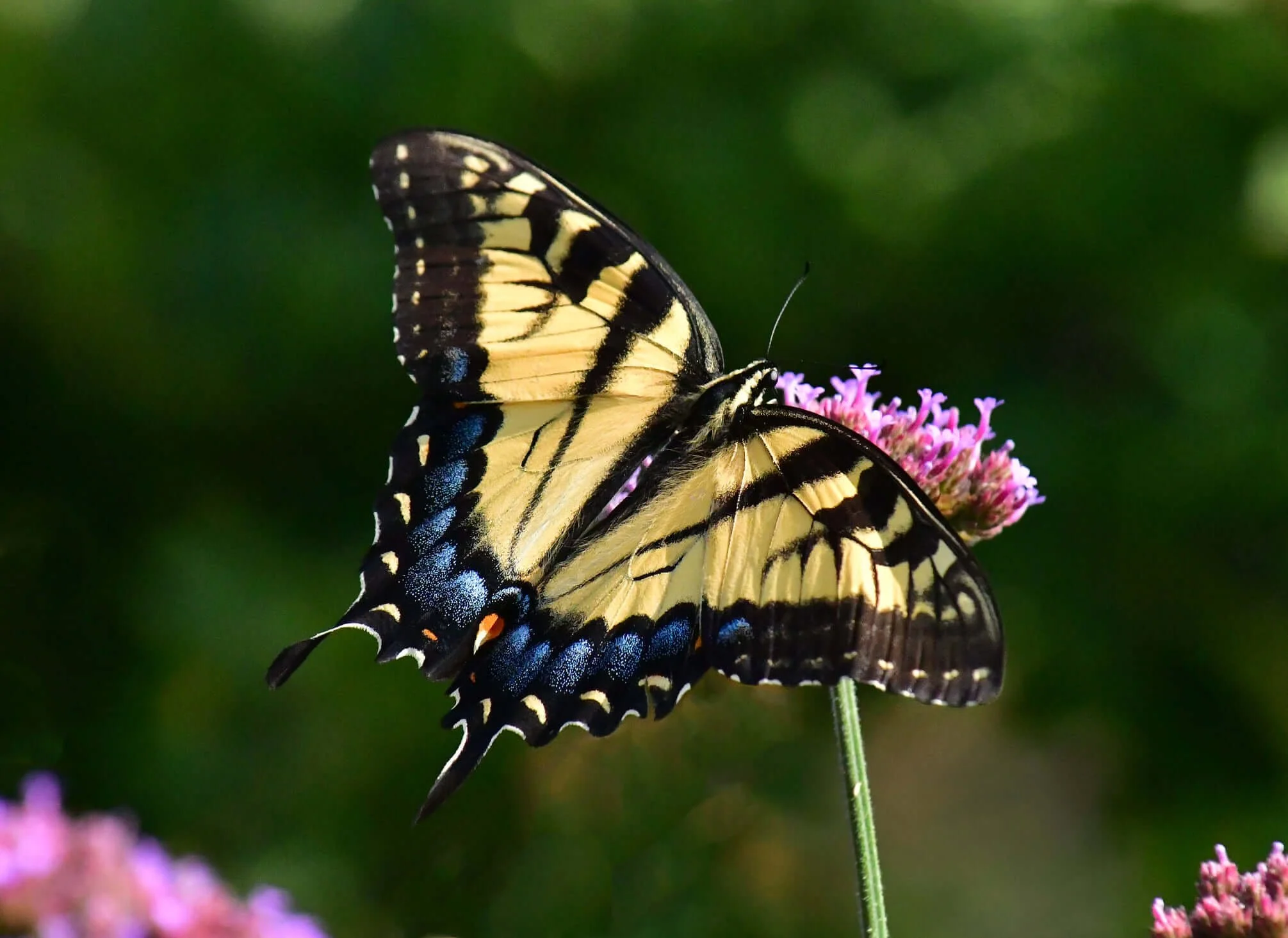Life Cycle: Perennial
Sun Exposure: Full, Partial
Soil Moisture: Medium, Medium-Dry, Dry
Height: 4-8 feet
Plant Spacing: 2-5'
Bloom Time: April, May
Advantages: Caterpillar Favorite, Pollinator Favorite, Bird Favorite
Host plant: Mourning Cloak, Polyphemus Moth, Cecropia Moth, Viceroy, Red-Spotted Purple, Eastern Tiger Swallowtail. This plant hosts an amazing 427 species of butterflies and moths use this as a caterpillar host plant in our area (nwf.org)
Specialist Bee: Mining Bees Andrena bisalicis, A. erythrogaster, A. fenningeri, A. illinoiensis, A. mariae, and A. salictaria (illinoiswildflower.info).
Beneficial for Endangered or Threatened Species: Canadian giant moth (Andropolia contacta) (mnfi.anr.msu.edu/)

















